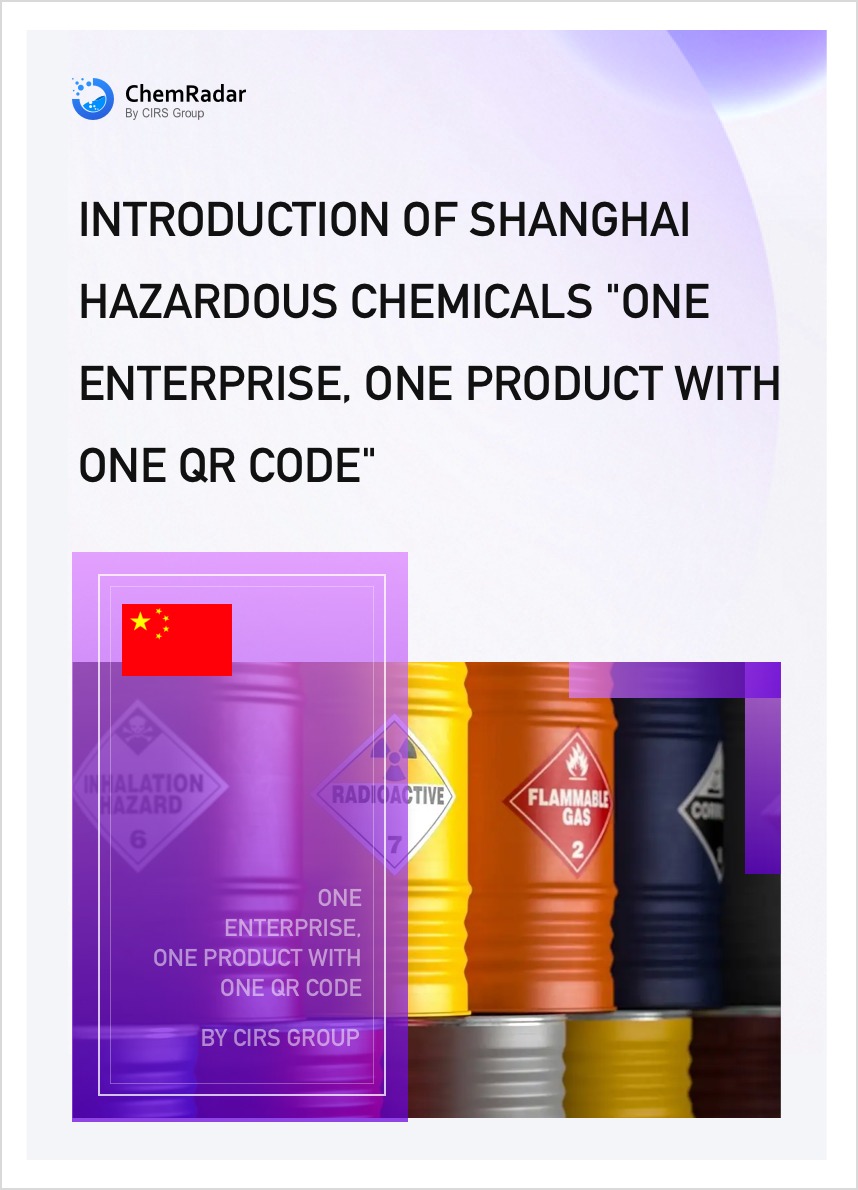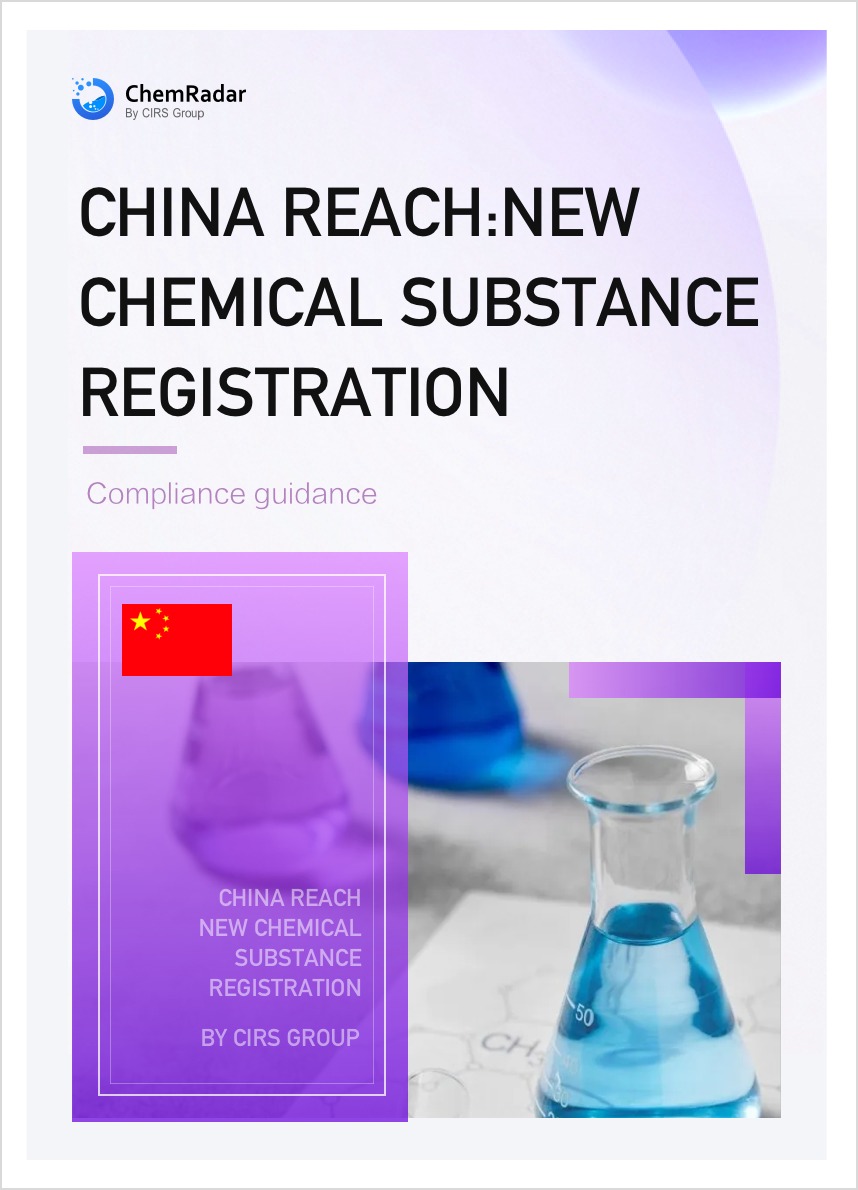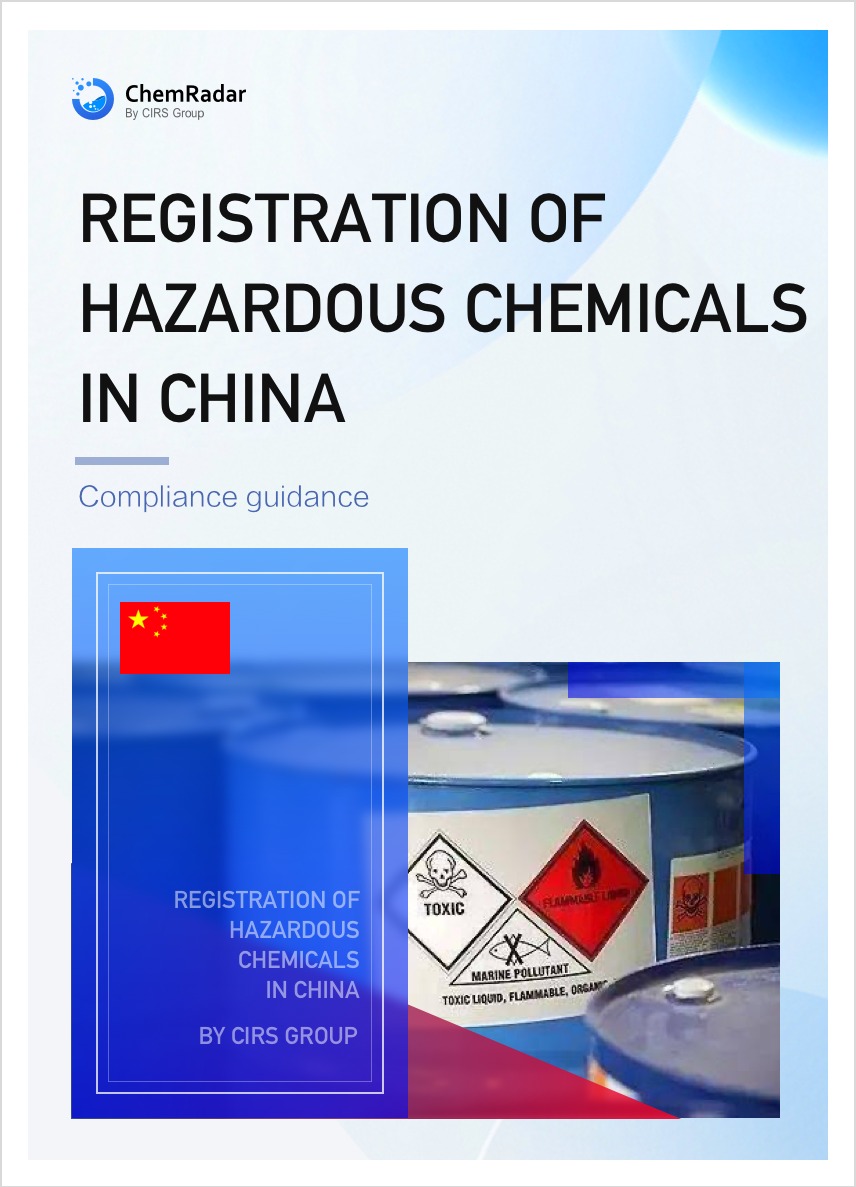On April 25, 2025, China’s Ministry of Ecology and Environment (MEE) announced the results of the first batch of New Use Environmental Management Registrations in 2025, approving two chemical substances for new use applications. Among these, an application submitted by CIRS Group on behalf of a client was successfully approved. This marks the first time the authority has publicly granted approvals under the "New Use Environmental Management Registration," a specialized regulatory category under China’s new chemical substance management framework.
According to Ministry of Ecology and Environment Order No. 12: Measures for the Environmental Management Registration of New Chemical Substances (hereafter "Measures" or "Order No. 12"), substances already listed in the Inventory of Existing Chemical Substances in China (IECSC) but subject to new use environmental management require registration if they are intended for industrial purposes beyond their originally permitted uses. Such substances must apply for a New Use Environmental Management Registration (hereafter "New Use Registration") with the MEE before production, import, or processing.
The Measures mandate applicants to submit a registration application form, along with an environmental exposure assessment report and proposed risk control measures for the new use scenario.
CIRS assisted a client in obtaining approval to expand the permitted uses of an IECSC-listed substance originally restricted as an "antistatic agent for specific resin types." This authorization restricted both the types of resins permitted for use and the final product forms, significantly limiting the substance's application scenarios. The client sought to broaden its application to additional resin materials.
With an increasing number of substances subject to new use management—particularly "high-hazard" chemicals—enterprises must navigate complex registration requirements. Below are key challenges and solutions identified through CIRS’s practical experience:
1. Lack of Test Data
Unlike conventional registrations, New Use Registrations do not explicitly require test reports. However, applicants without access to physicochemical, toxicological, or ecotoxicological data face difficulties in hazard and risk assessments.
Recommendation: Leverage existing data sources, such as QSAR predictions, read-across methods, literature reviews, or commercial databases. In this case, the applicant retained historical test data from prior registrations, enabling a streamlined hazard assessment.
2. Complex Exposure Scenario Development
The substance undergoing new-use environmental management registration is an existing chemical, rendering it ineligible for small-quantity exemptions under new chemical substance notification or simplified registration procedures. Consequently, it is impossible to obtain actual process data or waste generation profiles (air/water/waste emissions) through practical manufacturing trials for the proposed new application.
Recommendation: Reference analogous industrial processes, emission reports, or international guidelines (e.g., ECHA or EPA frameworks) to build plausible exposure scenarios. Historical data from overseas applications also proved valuable.
3. Designing Risk Control Measures
The substance undergoing New Use Registration serves as a resin additive, indicating it does not undergo complete conversion like intermediate substances during processing. As a resin additive, it persists throughout the product lifecycle, necessitating scientific evaluation of environmental exposure at each lifecycle stage and corresponding risk control measures tailored to identified risks. However, the applicant (acting as a trader) has limited access to on-site operational data from domestic production chains.
Recommendation: Incorporate environmental impact assessments (EIAs), sector-specific pollution control practices, and compliance with local/national regulations to formulate actionable risk management plans.
CIRS has successfully supported clients in completing various registrations under Order No. 12, including conventional registrations, simplified registrations, filings, and modifications. With deep expertise in China’s chemical regulatory landscape, CIRS provides end-to-end compliance solutions to expedite market entry under evolving regulatory frameworks.



